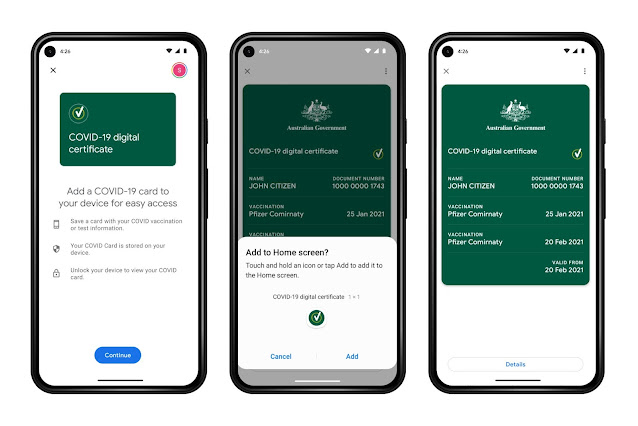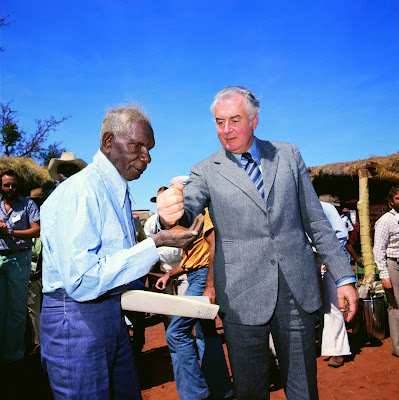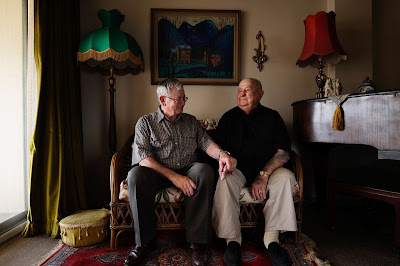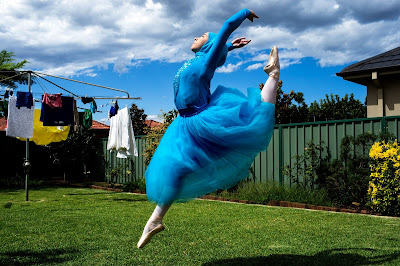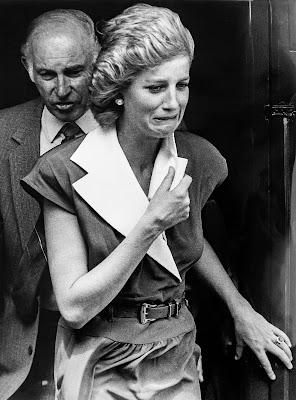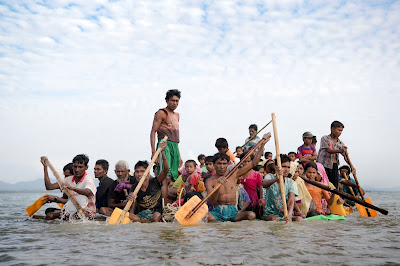Tag Archives: Australia
Aussies can now save vaccination certificates on Android devices
Source: Official Google Australia Blog
New program helps regional journalists develop digital skills
Today, we’re pleased to announce an initiative that helps support regional news publishers by providing vital digital skills training and new opportunities for young journalists.
Introducing the Digital News Academy
The Digital News Academy is a new program created by Google and News Corp Australia that will provide training in the latest digital skills to 750 local and regional news professionals from a range of outlets across the country, including Australian Community Media and several others.
The program, run over three years, will provide comprehensive tuition in skills including digital journalism, video and audio production, data journalism, audience measurement, reader revenue, digital business models and marketing.
In addition to enabling crucial digital capabilities, the Digital News Academy will also create opportunities for young journalists, funding 60 new 12-month journalism traineeships in regional Australia over the next three years.
This is a significant investment in training and skills for local news in Australia, and builds on the work we’ve been doing for years in support of regional publishers. We’ve long partnered with the news industry in Australia, and this new initiative will benefit and support hundreds of journalists from across the Australian news industry.
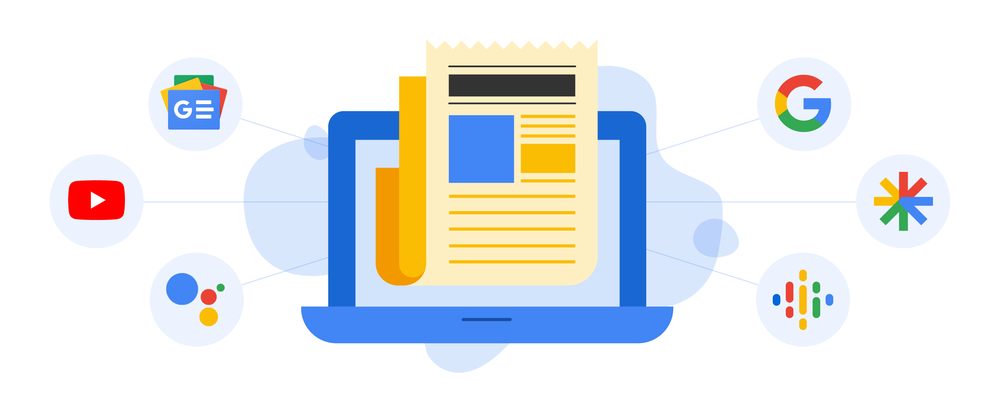
What our partners are saying
News Corp Australasia’s executive chairman Michael Miller said the academy would provide essential skills at a crucial time for news media professionals.“The future of commercial news organisations rests on their ability to create and publish journalism that serves audiences in tangible, valuable ways and is consumed how and where those audiences choose,” Mr Miller said. “This task is the foundation mission as news organisations large and small develop business models built on high value journalism. I thank Google for working with News Corp Australia in establishing the academy and it’s further acknowledgment of journalism’s value and importance.”
Australian Community Media, Australia’s largest rural and regional publisher, will be a major participant in the program, receiving both training and trainees. “ACM is delighted to be involved in this initiative. The ongoing training and upskilling of our editorial teams to meet the ever changing demands on our consumers is a key priority for our business. This is evidenced by the recent appointment of Saffron Howden in the role of Editorial Training Manager. With Saffron's experience, and the global expertise brought together in this program, this bi-partisan initiative will be fantastic for ACM editorial staff and the strength of regional journalism more broadly,” says Tony Kendall, CEO of Australian Community Media.
The Digital News Academy will launch in early 2022.
Source: The Official Google Blog
Expanding our cloud infrastructure to support Australia’s digital future
Even pre-pandemic, the adoption of cloud services was on the rise as organisations looked to drive digital transformation for business resilience and innovation. The impact of COVID-19 has only served to accelerate this momentum. As we continue to support the digital future of businesses, we are launching our second Australian Cloud region in Melbourne, Victoria.
In 2017 we launched our first Cloud region in Sydney and, since then, we have continued to invest and expand across Australia in an effort to support the digital future of businesses. According to AlphaBeta, Google Cloud delivers almost AU$3.2 billion in annual gross benefits to business and consumers in Australia, including AU$686 million to our customers and AU$698 million to our partners.
The Melbourne Cloud region represents one part of our continued expansion in cloud infrastructure to support Australia’s digital future, and is a strong reflection of our commitment to enabling our Cloud customers and partners to continue growing, innovating, and driving digital transformation forward in the region.
Of the launch, Victorian Minister for Government Services Danny Pearson said, “We welcome Google’s investment in local cloud infrastructure that will support the growing cloud requirements of Victorian businesses.”
Our investment in local cloud infrastructure
Melbourne joins the existing 26 Google Cloud regions connected via our high-performance global network, helping customers benefit from low latency and high performance of their cloud-based workloads and leverage the cleanest cloud in the industry. Through our second Cloud region in Australia, customers will benefit from improved business continuity planning with distributed, secure infrastructure needed to meet IT and business requirements for disaster recovery, all while maintaining data sovereignty in-country.
Designed for high availability, the region opens with three availability zones to protect against service disruptions; we're the first hyperscaler to provide this capability in Melbourne today. It offers a portfolio of key products, including Compute Engine, Google Kubernetes Engine, Cloud Bigtable, Cloud Spanner and BigQuery.
We also continue to invest in expanding connectivity across the Australia and New Zealand region by working with partners to establish subsea cables, including INDIGO and JGA South, and points of presence in major cities including Sydney, Melbourne, Perth, Canberra, Brisbane, and Auckland. We also work with interconnect partners to extend the reach of our secure network.
Helping customers in the era of the transformation cloud
Navigating the past year has been challenging for Australian organisations as they grapple with changing customer demands and greater economic uncertainty. Technology has played a critical role in managing these changes, and we’ve been fortunate to partner with and serve people, companies and government institutions to help them adapt, including Australia Post, Bendigo and Adelaide Bank, and Optus. Hear more about what they have to say here.
Source: The Official Google Blog
YouTube Shorts arrives in Australia
- Add text to specific points in your video
- Sample audio from other Shorts to remix into your own creation
- Automatically add captions to your Short
- Record up to 60 seconds with the Shorts camera
- Add clips from your phone’s gallery to add to your recordings made with the Shorts camera
- Add basic filters to colour correct your Shorts, with more effects to come in the future
Source: Official Google Australia Blog
Kick like a pro with Footy Skills Lab
When I was growing up in Brisbane, Aussie Rules football wasn’t offered as a school sport – and there weren’t any professional female role models to look up to and learn from. Despite these limitations, we got resourceful. We organized football games in our lunch breaks with friends, using soccer or rugby goal posts and adding sticks or cones to serve as point posts. We practised accuracy using rubbish bins as targets.
A decade later, women have truly made their mark in the AFL. There are, however, many barriers still facing aspiring footy players — including access, cost, mobility and, more recently, lockdown restrictions. We still have to be resourceful to keep active and hone our skills.
Three years ago, the AFL and Google first teamed up to help footy fans better connect with the games and players they love. Since then, we’ve been thinking about ways we could improve access to Aussie Rules coaching and community participation – regardless of ability, gender, location, culture or socio-economic background.
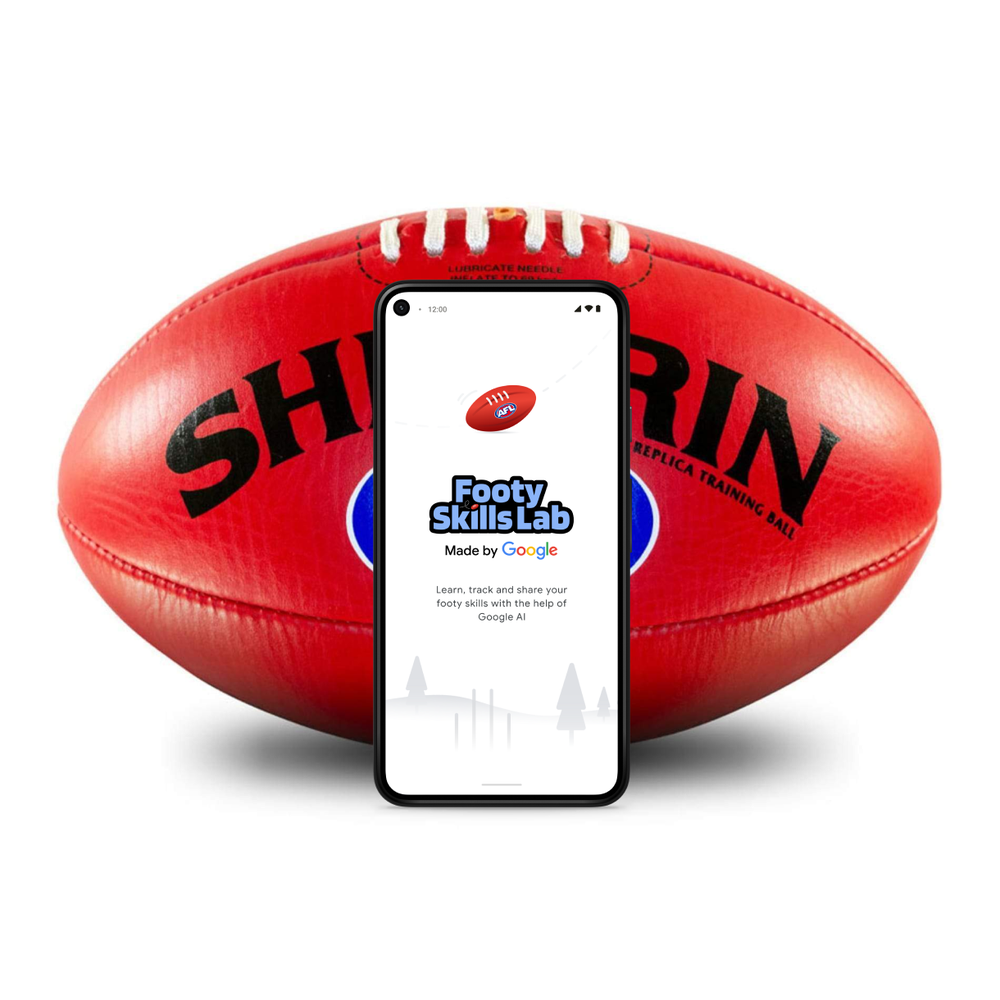
Today, we’re thrilled to launch Footy Skills Lab to help budding footy players in Australia and all around the world sharpen their AFL skills – straight from their smartphone.
Footy Skills Lab is a free platform, powered by GoogleAI, which helps you improve your skills through activities in ball-handling, decision-making and kicking across three levels of difficulty.

To give Footy Skills Lab a whirl, all you need is a smartphone with an internet connection, a football, something to prop your phone up (like a water bottle) and space to move.
You’ll get tips on kicking from me, and tips on ball-handling and decision-making from athletes across the AFLW and AFL Wheelchair competitions – including Carlton’s Madison Prespakis and Richmond’s Akec Makur Chuot. Through audio prompts and closed captioning, these tips and activities are also accessible for people with visual and hearing needs. And when you finish the activity, you’ll get a scorecard that you can share with your friends, family, teammates and coaches.

Whether you’re in Manchester, Miami or in lockdown in Melbourne, Footy Skills lab is such an easy, convenient way to get motivated and access coaching from pros. So go on, join in the fun and give us your best kick!
Source: The Official Google Blog
An exploration of art, nature and technology
Caroline Rothwell is a Sydney-based visual artist whose work tackles important conversations about human interactions with nature throughout history — and their lasting effects. In her latest body of work, she hopes to bring attention to the plants around us we so often take for granted.
She wanted to see if technology could help her use botanical data from historical archives to educate people about the natural world. So with the help of Google Creative Lab Sydney, she began exploring how machine learning could interpret archives and datasets to create new art. Together, we built Infinite Herbarium, a web application as well as a participatory art installation, in which users can explore an infinite number of machine-learning-generated plants, creating their own artwork while learning more about the plants in their own backyard.
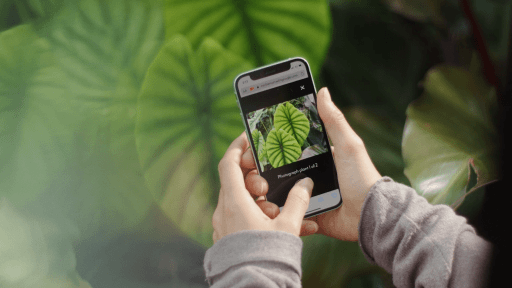
The installation invites participants to photograph two plants from the world around them. Then, using machine learning, the application classifies the plants and uses them to build a multi-dimensional artwork. The machine learning model is trained on a vast database of botanical illustrations. After learning what the illustrations look like, it starts to generate a “new” hybrid image.
Rothwell exhibited the artwork at The National 2021: New Australian Art exhibition at the Museum of Contemporary Art Australia, where she featured a series of large-scale projections of plant morphs that were created using the Infinite Herbarium web application. At the same time, the work was shown at The Royal Botanic Garden Sydney, where visitors were given the chance to create their own plant morphs — using the rich and varied plant specimens available in the gardens as inspiration.
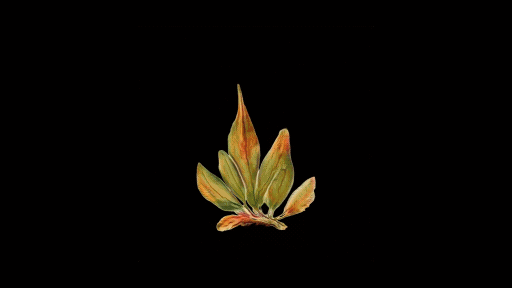
Caroline’s aim for Infinite Herbarium is to “create a connection to and consideration for our threatened natural world.” For artists like her, Infinite Herbarium demonstrates how machine learning can be a powerful new tool for creativity.
For the Creative Lab team, collaborating with Caroline was a singular opportunity to think about how technology can help bring art to life, capturing people’s attention and imagination. It’s an area rich in potential, and one that we hope to continue exploring with artists across multiple disciplines.
Source: The Official Google Blog
Assessing the Economic, Societal, and Cultural Impact of YouTube in Australia
- 67% of creative entrepreneurs said YouTube has had a positive impact on their professional goals.
- 68% of creators agreeing YouTube gives them the opportunity to work in a way that suits their needs.
- 50% of creative entrepreneurs indicated YouTube had brought them additional opportunities away from the platform.
- 75% of SMBs who advertise on YouTube agreed that YouTube ads have helped them grow sales.
- 63% of SMBs with a YouTube channel agreed their YouTube presence helps customers to find them.
- 75% of SMBs agreed or strongly agreed that YouTube is a convenient and cost-effective way of providing staff training.
- 68% of users agree YouTube has helped them learn about new career paths.
- 76% of creators agreed that YouTube provides a platform for undiscovered talent that is not being surfaced by traditional media.
- 64% of creators who self-identified as a minority agreed that they feel like they have a place to belong as a YouTube creator.
- 77% of users agreed that YouTube is home to diverse content.
- 70% of teachers who use YouTube agreed that the platform gives students the flexibility to learn at their own pace.
- 71% of parents who use YouTube agreed that YouTube (or YouTube Kids for children under 13) makes learning more fun for their children.
- 77% of users agree YouTube has helped them supplement their formal education.
- 92% of users said they use YouTube to gather information and knowledge.
Source: Official Google Australia Blog
New grants help Australian teachers build digital skills
In a world where technology is evolving rapidly, it’s vital that Australian teachers have the knowledge and access to the resources they need in order to equip students for the future.
For the past ten years, we’ve been contributing to these efforts through Google’s Educator Professional Development Grants program providing teachers with skills and tools to confidently teach computational thinking and computer science concepts. In that time, over 20,000 teachers have benefited from the practical professional development workshops.
This year, our grants aim to bring digital technologies training to teachers in regional and remote communities where access to these opportunities can sometimes be limited.
We’re excited to announce 19 winners across Australia:
The impact of PD Grants for Educators
It’s been inspiring to see teachers build their skills and watch the impact this has had in local communities.
”The ongoing provision of the Google Educator PD grants (3 years) has resulted in us being able to build a solid reputation in the North Queensland region as a provider of excellent quality Digital Technologies Teacher Professional Development,” said Leanne Cameron, a Senior Lecturer at James Cook University. “Additionally, the participants have learnt that they will continue to be supported and updated into the future.”
Last year, COVID-19 delayed many of the ‘hands on’ workshops. But awardees found innovative ways to deliver training safely and sometimes remotely. James Cook University overcame the challenges presented by the pandemic to hold a series of virtual sessions with indigenous students from remote areas, who were able to join from local learning hubs.
Once restrictions had eased, the university was able to bring a group of teachers together from the remote community schools to discuss the curriculum and conduct 'train the trainer' sessions.
“These teachers have now gone back into their communities to share what they have learnt, supported by the workshop leaders in optional weekly online sessions that will continue until the end of the current semester,” said Leanne.
In 2021 James Cook University hopes to use their Educator Grant to offer practical workshops that will complement the more theoretical offerings of last year.
Source: The Official Google Blog
The best of Australian photojournalism is now on Google Arts & Culture
Discover 12 highlights from “Paper Tigers”
- Mervyn Bishop's historic 1975 image captures then Prime Minister Gough Whitlam pouring a handful of earth back into the hand of Gurindji elder and traditional landowner Vincent Lingiari. This image represented the Australian government’s recognition of Aboriginal land rights and became an icon of the land rights movement and Australian photography.
- Tim Page’s world-renowned photograph of the Vietnam War. Defining him as the war photographer of a generation, it was taken just weeks after arriving in Vietnam in 1965 and shows a grieving widow as her husband’s body is carried off a chopper.
- Louise Kennerley’s intimate portrait of a couple was taken just a few days before Parliament passed the same-sex marriage act. Ian and Neville sit hand in hand, excited and nervous at the prospect of being married after 39 years together.
- Alex Coppel’s image of Paralympian Ahmed Kelly underwater and in motion, his prosthetics on the sideline, as he trains at the Victorian Institute of Sport in Melbourne, ahead of the Rio 2016 Olympic Games.
- Justin McManus’ portrait of Yindjibarndi man, Landon Punch, holding a joey he will hand-raise makes a poignant comment on the effects of police violence and neglect in custody for First Nations Australians.
- Martine Perret’s beautiful image ‘Levi and Keneisha’, taken as a part of her project Ngala Wongga (come and talk): Cultural Significance of Languages in the Western Australian Goldfields it captures local woman, Glenys Williams grandchildren floating in the clay pan around the Wiluna Mission.
- Craig Greenhill’s confronting image of the Cronulla Riots, as Brent Lohman and other rioters attack Ali Hashimi on a suburban train in December 2005.
- Edwina Pickles’ inspiring photograph of Stephanie Kurlow, 14, shows her leaping in her backyard and the hard work she is putting in as she aspires to be the first professional hijabi ballerina in the world.
- Rick Stevens’ photograph of Princess Diana reacting to a hot breeze, and the priceless facial expression, as she travels by train in South Australia, during a royal visit to Australia in 1988.
- David Dare Parker’s heartbreaking image of Rohingya refugees crossing into Bangladesh on makeshift rafts constructed of bamboo and plastic palm oil containers.
- John French’s climbed into the rafters to get this image of Serena Williams, mid-air, celebrating her win against Maria Sharapova in the 2005 Australian Open semi-final.



